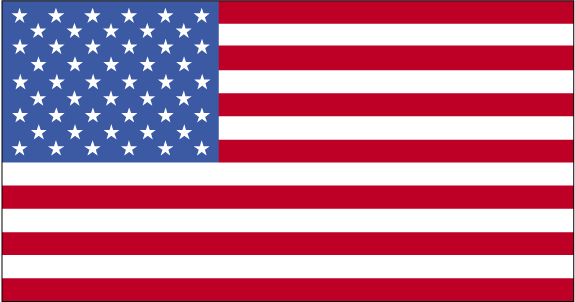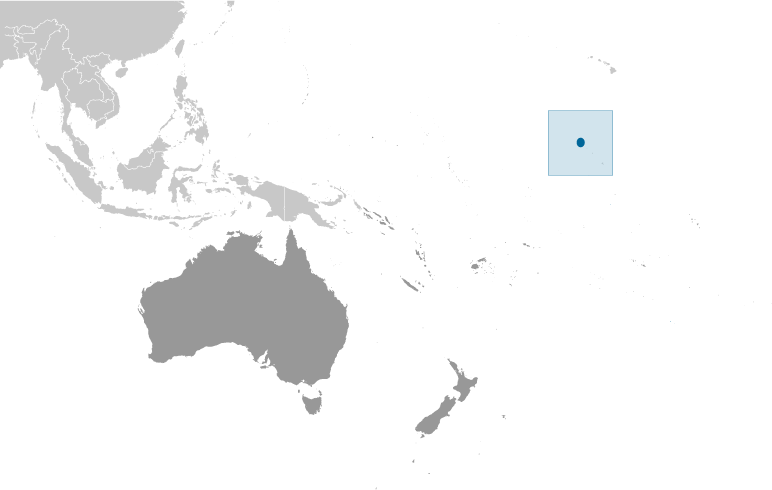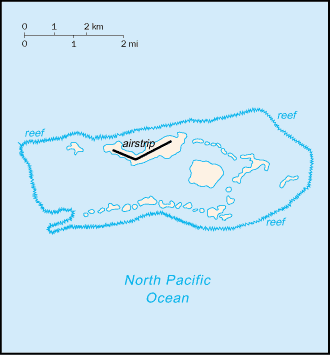


Australia - Oceania ::
Palmyra Atoll
-
Introduction :: Palmyra Atoll
-
Background:The Kingdom of Hawaii claimed the atoll in 1862, and the US included it among the Hawaiian Islands when it annexed the archipelago in 1898. The Hawaii Statehood Act of 1959 did not include Palmyra Atoll, which is now part privately owned by the Nature Conservancy and part US Government-owned and administered as a nature preserve. The lagoons and surrounding waters within the 12-nautical-mile US territorial seas were transferred to the US Fish and Wildlife Service and were designated a National Wildlife Refuge in January 2001.
-
Geography :: Palmyra Atoll
-
Location:Oceania, atoll in the North Pacific Ocean, about half way between Hawaii and American SamoaGeographic coordinates:5 52 N, 162 04 WMap references:OceaniaArea:total: 11.9 sq kmland: 11.9 sq kmwater: 0 sq kmcountry comparison to the world: 243Area - comparative:about 20 times the size of The Mall in Washington, DCLand boundaries:0 kmCoastline:14.5 kmMaritime claims:territorial sea: 12 nmexclusive economic zone: 200 nmClimate:equatorial, hot, and very rainyTerrain:very lowlying atoll consists of an extensive reef, two shallow lagoons, and about 50 islets and bars covered with vegetationElevation:mean elevation: 2 melevation extremes: 0 m lowest point: Pacific Ocean10 highest point: unnamed location on Sand IslandNatural resources:terrestrial and aquatic wildlifeNatural hazards:an extensive surrounding reef is only penetrated by a single western channelEnvironment - current issues:a few of the islets are designated Unexploded Ordnance Areas, a legacy of US Navy occupation (1934-59), and are closed to entry; invasive plants and insects compete with native biotaGeography - note:about 50 islets covered with dense vegetation, coconut trees, and balsa-like trees up to 30 meters tall
-
People and Society :: Palmyra Atoll
-
Population:no indigenous inhabitants (July 2014 est.)
note: variable temporary population of 4 to 20 staff and scientists of the Nature Conservancy and the US Fish and Wildlife Service
-
Government :: Palmyra Atoll
-
Country name:conventional long form: noneconventional short form: Palmyra Atolletymology: named for the USS Palmyra, which was shipwrecked on the reef in 1802Dependency status:incorporated territory of the US; privately owned but administered from Washington, DC, by the Fish and Wildlife Service of the US Department of the Interior; the Office of Insular Affairs of the US Department of the Interior continues to administer nine excluded areas comprising certain tidal and submerged lands within the 12 nm territorial sea or within the lagoonLegal system:the laws of the US, where applicable, applyFlag description:the flag of the US is used
-
Transportation :: Palmyra Atoll
-
Airports - with unpaved runways:total: 1 (2013)1,524 to 2,437 m: 1 (2013)Ports and terminals:West Lagoon
-
Military and Security :: Palmyra Atoll
-
Military - note:defense is the responsibility of the US
-
Transnational Issues :: Palmyra Atoll
-
Disputes - international:none